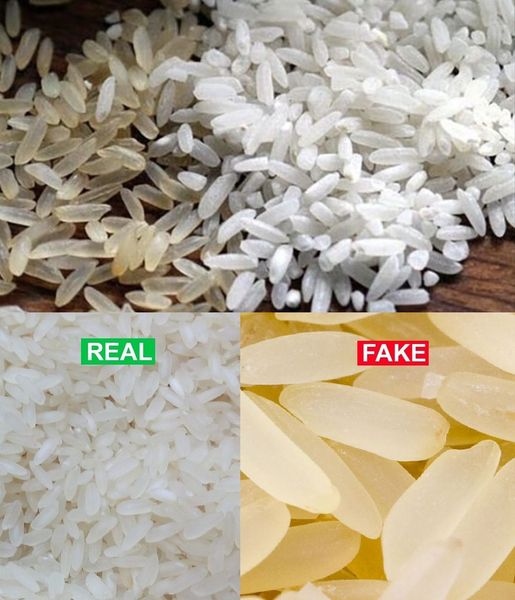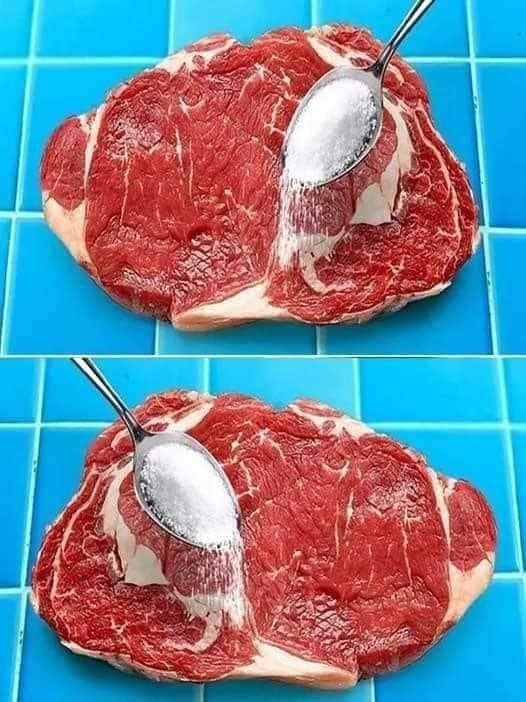Rice is a staple food for millions around the world, but a shocking phenomenon has come to light in recent years – plastic rice. Yes, fake rice made from synthetic materials that looks almost identical to real rice. Consuming plastic rice can have serious health consequences, so knowing how to spot the difference is crucial. In this post, we’ll dive into what plastic rice is, why it’s dangerous, and how to identify it.
What is Plastic Rice?
Plastic rice is a counterfeit product made from synthetic materials like plastic or starch mixed with various chemicals. While it looks very similar to real rice, it is dangerous for consumption. Eating plastic can lead to digestive issues, chemical poisoning, and long-term health problems like liver and kidney damage.
Why is Plastic Rice Sold?
The counterfeit rice is often sold to cut costs and boost profits by unscrupulous sellers. It may appear in markets where regulations are weak or in counterfeit food operations, posing a threat to consumers who might unknowingly purchase and consume it.
How to Identify Plastic Rice: Simple Tests at Home
Luckily, there are a few ways you can test your rice at home to determine if it’s real or fake. Here’s a guide on how to spot plastic rice:
1. Water Test
One of the simplest tests to identify plastic rice is the water test.
- Method: Take a glass of water and drop a tablespoon of rice into it. Stir it for a few seconds and then let it sit.
- Result: Real rice will sink to the bottom, while plastic rice will float due to its lightweight nature.
2. Fire Test
Plastic burns easily, and this test can quickly show if your rice is synthetic.
- Method: Take a handful of rice and hold it over a fire, like a stove burner or lighter flame.
- Result: Real rice won’t catch fire, while plastic rice will melt or give off a burning plastic smell.
3. Boiling Test
When cooked, plastic rice behaves differently from real rice.
- Method: Boil the rice in water as you normally would.
- Result: If it’s plastic rice, it will clump together and form a thick layer on top of the pot. Real rice will cook evenly and separate into grains.
4. Hot Oil Test
Another way to check the authenticity of rice is by frying it.
- Method: Heat some oil in a pan and drop a few grains of rice in.
- Result: If the rice is plastic, it will melt or form a sticky residue, whereas real rice will remain solid and might puff up slightly.
5. Mold Test
This test takes a little more time but is effective.
- Method: Cook the rice and then store it in a container at room temperature for a few days.
- Result: Real rice will develop mold after a few days, but plastic rice won’t spoil or show any signs of mold.
Health Risks of Consuming Plastic Rice
Eating plastic rice even in small amounts can have significant health risks, including:
- Digestive issues: Since plastic is indigestible, it can cause blockages and irritation in the digestive system.
- Chemical poisoning: The chemicals used in plastic production can leach into your food and cause toxic reactions.
- Organ damage: Prolonged consumption may affect vital organs such as the liver, kidneys, and lungs.
Conclusion
The rise of plastic rice is a serious concern, but with these simple identification methods, you can ensure that you and your family are consuming safe, real rice. Always purchase rice from trusted brands and sources, and when in doubt, test it using the methods described above.
Stay vigilant, and share this guide with friends and family to raise awareness about this alarming issue.



